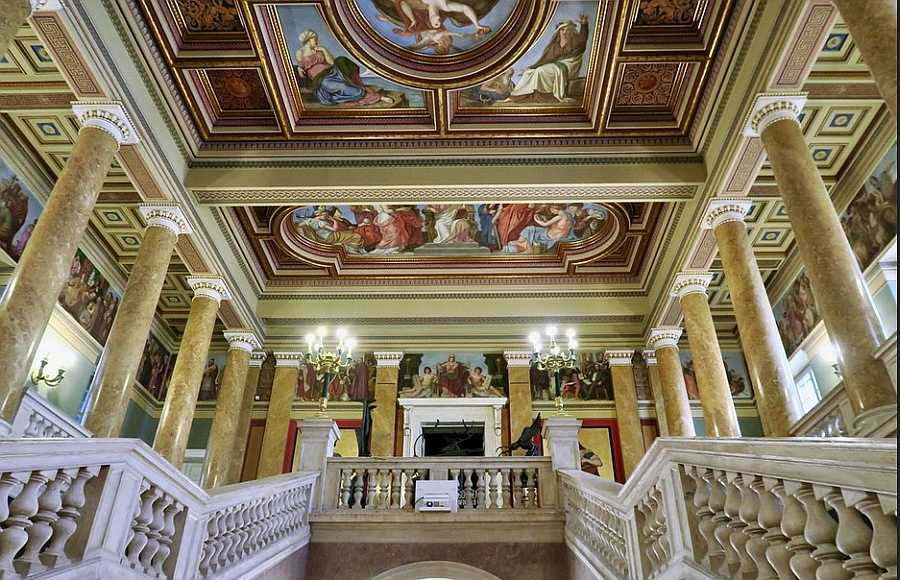Journey Through Budapest’s Architectural History: Palaces and Historic Buildings
Tracing the timeline of Budapest’s architectural legacy, it’s evident that the city’s Gothic and Renaissance past has largely been lost to time. However, a significant number of Baroque edifices in Buda’s Castle District and Víziváros have survived. Neo-Classicism and Historicism pervade the cityscape, especially in Pest, symbolizing a period of confidence, national awakening, and unfettered optimism.
Baroque Palaces and Buildings
Immerse yourself in Budapest’s Baroque landscape, especially in the Castle District and Víziváros. Noteworthy examples include the main entrance of the Hilton Hotel, once a 17th-century Jesuit college, and the Batthyány Palace on Parade Square. Also, take time to explore the Zichy Palace in Óbuda, a grand Baroque edifice, and the Erdődy Palace on Mihály Táncsics Street, home to the Museum of Musical History. Only two Baroque structures remain in Pest: the Péterffy Palace, dating back to 1755, and the Municipal County Offices, which Empress Maria Theresa praised.

Neo-Classical Palaces and Buildings
Neo-Classicism came into vogue in the first half of the 19th century, with structures such as the Chain Bridge and the Hungarian National Museum exemplifying the style. Among Budapest’s Neo-Classical gems are Sándor Palace in Buda and Károlyi Palace in Pest, each bearing witness to the architectural finesse of the era. The Austrian architect János Hild and his son József Hild also contributed significantly to the city’s Neo-Classical portfolio, creating splendid Italianate buildings during the city’s restoration.

Historicist Palaces and Buildings
The second half of the 19th century marked the rise of Historicism, which influenced the architectural development of Budapest post the unification of Buda, Óbuda, and Pest in 1873. Miklós Ybl’s State Opera House, the Royal Palace, and Frigyes Feszl’s Vigadó concert hall showcase the eclecticism inherent in Historicism. The New York Palace, designed by Alajos Hauszmann, stands as a lavish example of Neo-Baroque design, adding another layer to the city’s Historicist narrative.

Decorative Features
As you wander through Budapest’s streets, look for the rich sculptural decoration that characterizes the city’s architectural styles. Coves, cartouches, finials, relief sculptures, and ornamental window frames adorn many façades. While Gothic elements are sparse, you’ll find niches or pointed arches in the Old Town. Baroque features are present in buildings like the Zichy and Erdődy Palaces, and Neo-Classical decorations, such as borders and tympanums, grace numerous structures from the 19th century.
Each palace and historic building in Budapest is a time capsule, offering a glimpse into the city’s past and architectural evolution. The cityscape serves as a living canvas, reflecting different eras’ influences and artistic expression.